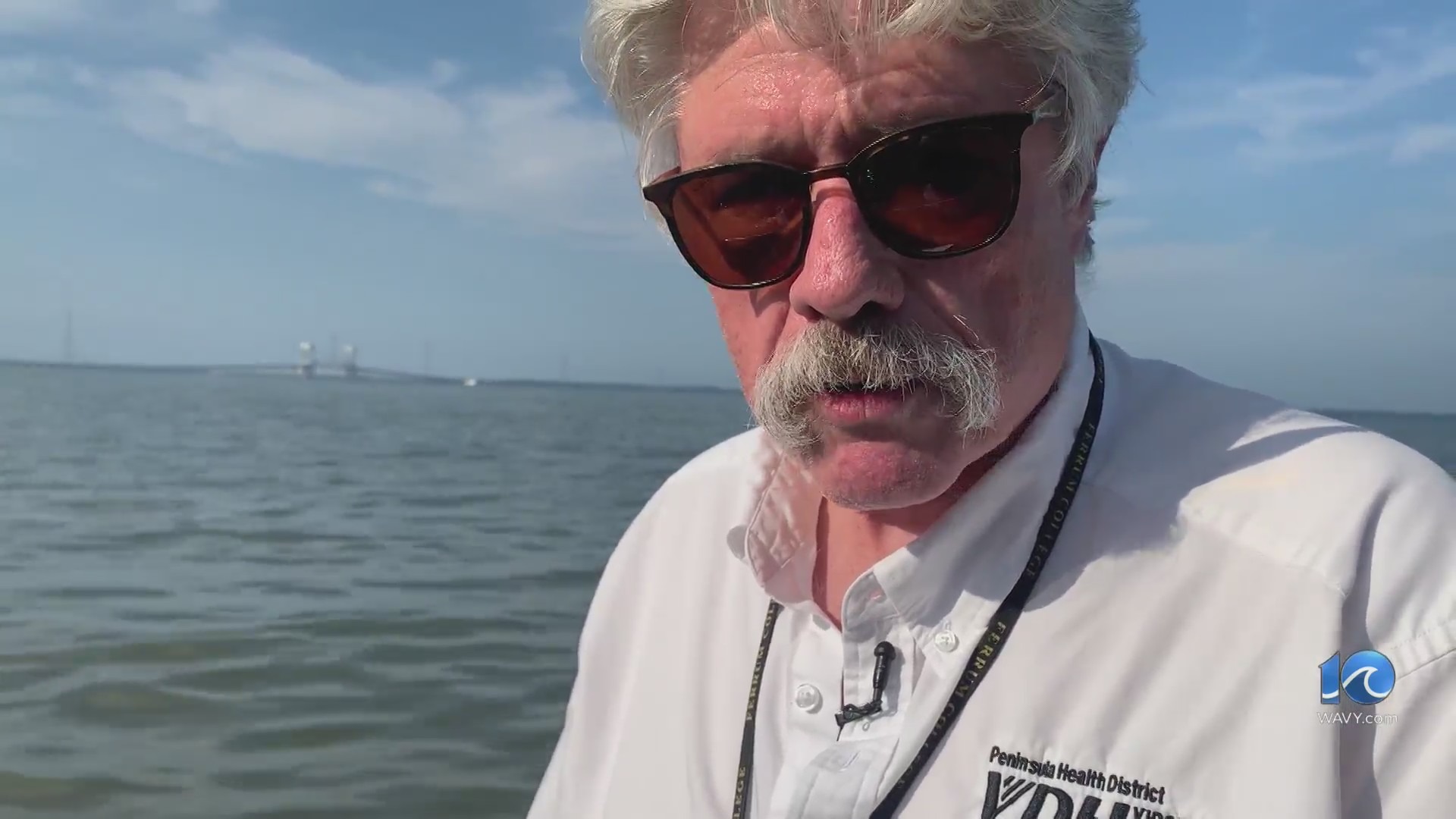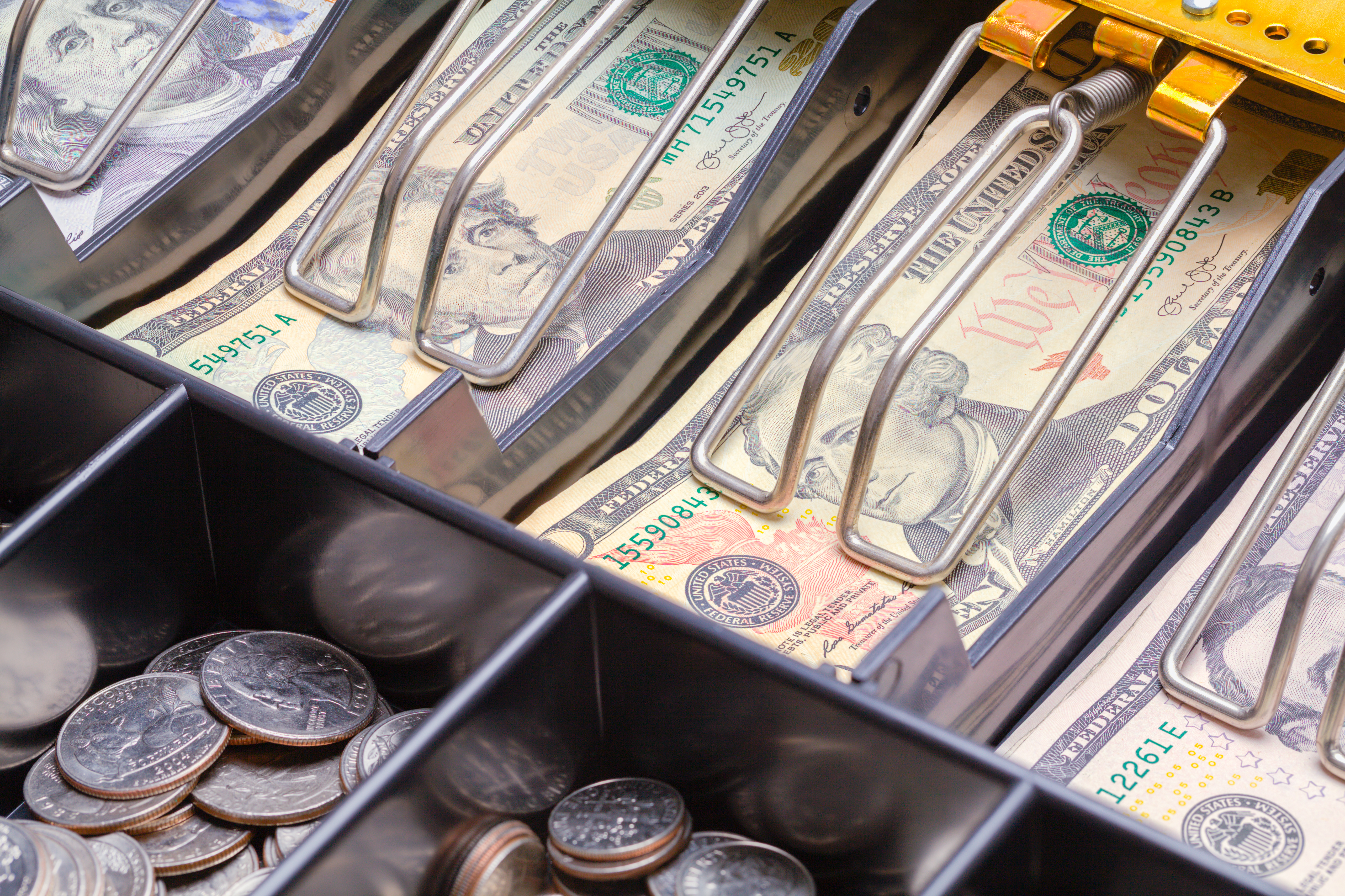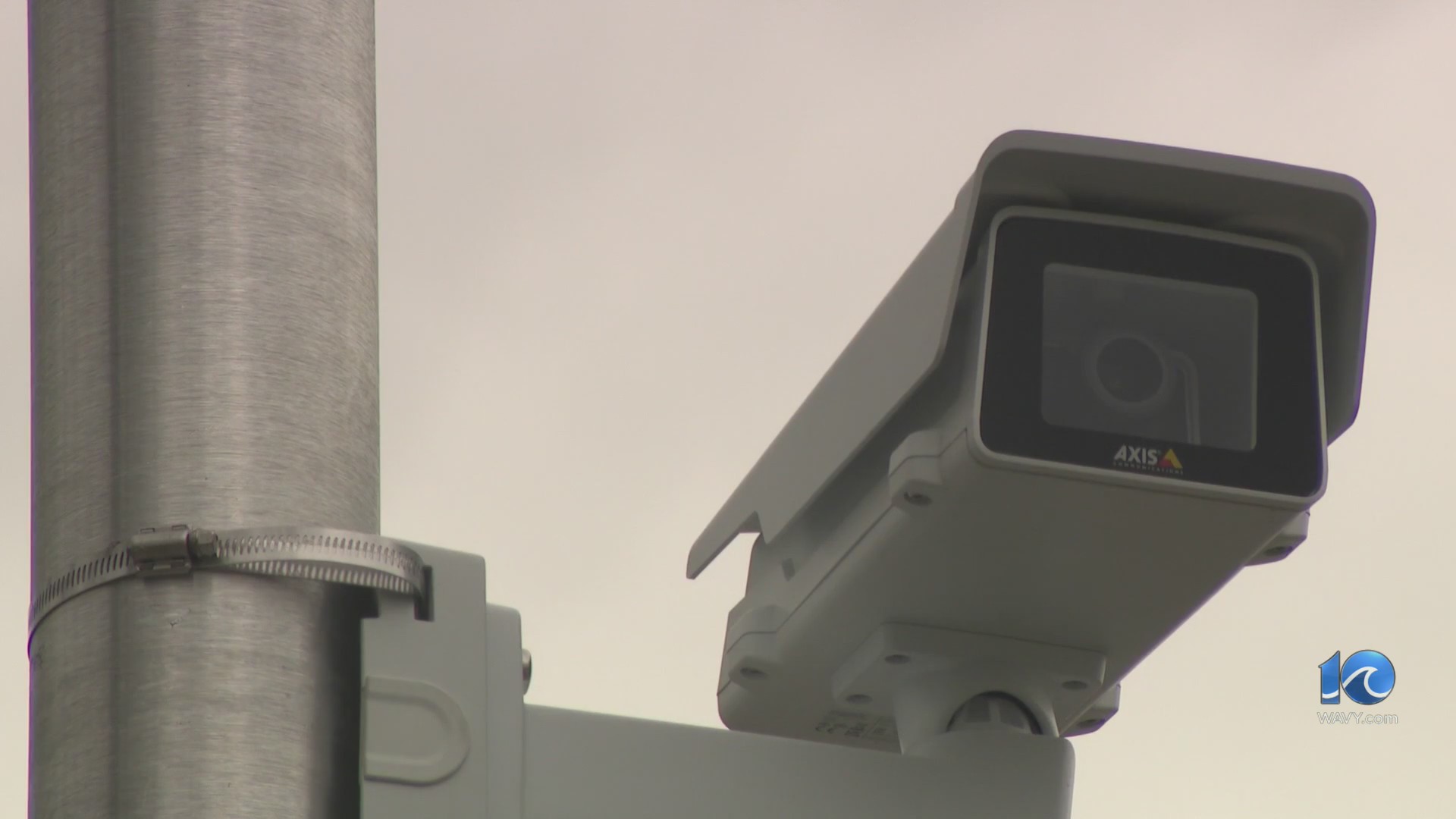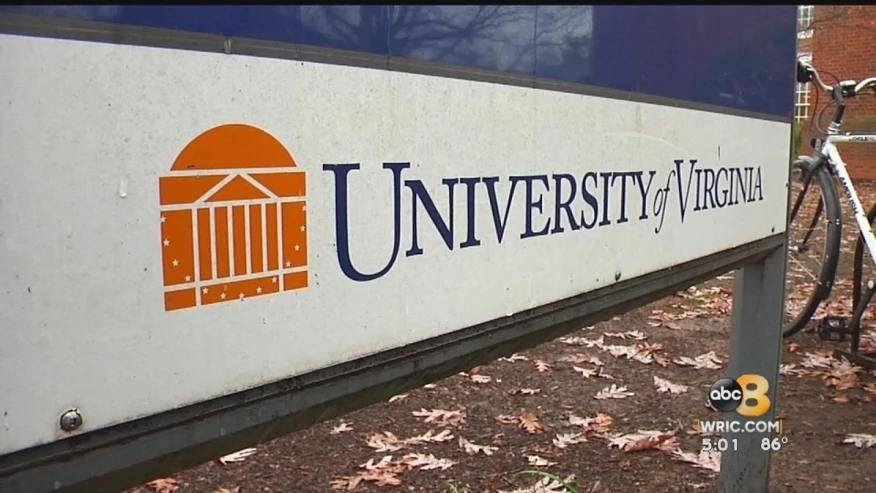More than three decades after the collapse of the Soviet Union, the Communist Party of China retains a firm grip on power.
The powerful and feared organization has ruled the nation — home to close to one-fifth of the world’s population — for 75 years, surpassing the 74-year Soviet era in Russia.
The party survived years of self-inflicted tumult after it took control in 1949. A major course correction in 1978 transformed the country into an industrial giant with an economy second in size only to the United States.
Party leaders now want to build an even stronger China to achieve what they call the “rejuvenation” of the nation by 2049, which would mark the centennial of communist rule.
Staying in power that long will depend on how they manage in an era of slower growth and intensifying competition with the United States, one that has raised the specter of a new cold war.
The first quarter-century of communist rule in China wasn’t pretty
Mao Zedong, after declaring the founding of the People’s Republic of China on Oct. 1, 1949, proved to be less adept at running a sprawling country than leading a revolution.
He invited intellectuals to criticize the party’s rule in the Hundred Flowers Campaign in 1956, only to have many exiled to rural areas or imprisoned as protests about the government mounted.
The misguided polices of the Great Leap Forward, launched in 1958 to accelerate the industrialization of China, led to a devastating famine that killed tens of millions of people.
Then came the Cultural Revolution. Mao encouraged young Chinese to rise up against capitalist elements in 1966, sparking a brutal chaos in which intellectuals and teachers were beaten and publicly humiliated and sent to work in the countryside. Some were killed or driven to suicide.
It was only after Mao’s death in 1976 that China set off on a new path that has unleashed the country’s economic potential and lifted millions out of poverty.
China’s development has defied conventional wisdom
During the Cold War, communism was associated with planned economies and democracy went with free markets.
The Chinese Communist Party has broken that mold. It has partially unleashed market forces while keeping at bay any democratic movement that could challenge its hold on power.
Western hopes that China would inevitably shift to democracy — as many other Asian states did after prospering economically — turned out to be wishful thinking.
The student-led protests that occupied Beijing’s Tiananmen Square in 1989 were a turning point. After considerable internal debate, the party leadership under Deng Xiaoping sent in troops in a bloody end to the protests.
The message was clear: There would be economic liberalization but no political liberalization that could threaten the Communist Party’s position.
The Communist Party is bringing back Marxism under Xi Jinping
The party has played up its importance to China’s present and future as the economic boom years have given way to a phase of more moderate growth.
It has clamped down on dissent and other perceived threats to its rule. It has put renewed emphasis on the central role of the party and leader Xi Jinping in all matters and asserted stronger control over the economy, reining in the country’s high-flying tech giants.
The shift has sparked fears among some workers, business owners and foreign investors that the party is restraining market forces just when the economy needs them to regain its footing.
Daniel Bell, a political theory expert at the University of Hong Kong, said that China’s trajectory corresponds to the Marxist thought that a nation needs to go through a capitalist phase to develop the economy before transitioning to communism.
“There was a view that, you know, once China becomes capitalist, it’s abandoning communism. But that was only meant to be temporary,” said Bell, who outlined his thinking in a 2023 book, “The Dean of Shandong.”
Party leaders have studied the end of the former Soviet Union and are determined to prevent a similar outcome in China.
But they face a new set of challenges in the coming quarter-century as the population ages and their economic and geopolitical ambitions put the country on a potential collision course with some of its neighbors and the world’s reigning superpower, the United States.




























































